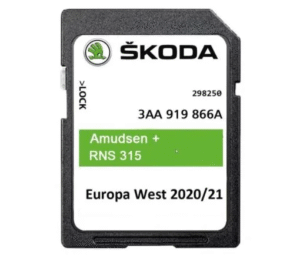
In the world of televisions, where bigger often feels better and clarity is king, it’s tempting to believe that the latest tech is always the best choice. When it comes to the resolution battle of 4K vs. 8K TVs, however, the story isn’t as straightforward. Sure, 8K TVs boast a whopping 33.2 million pixels, but do they necessarily offer a better viewing experience than their 4K counterparts? Let’s dive into why 4K TVs might still hold the crown in the display world.
1. Content Availability
One of the most compelling reasons to choose 4K over 8K is simply the abundance of content. While 4K content is now widespread – from streaming services to Ultra HD Blu-ray discs – 8K content remains scarce. Most of the content viewers consume isn’t shot in 8K, making it less appealing for the average viewer to invest in an 8K TV.
2. The Law of Diminishing Returns
When HD TVs came onto the scene, the jump in quality from standard definition was massive. Similarly, the transition from HD to 4K brought significant improvements in clarity. However, the visual leap from 4K to 8K isn’t as pronounced, especially for typical home TV sizes. Simply put, the human eye struggles to discern the additional detail on an 8K screen unless it’s exceptionally large and viewed from a close distance.
3. Upscaling Limitations
8K TVs often upscale 4K content to fit their higher resolution. While modern upscaling techniques are impressive, they can’t magically introduce detail that isn’t in the original content. Sometimes, this can lead to artifacts or an image that doesn’t look as natural as it would on a native 4K display.
4. Cost Factor
Let’s face it: 8K TVs come with a hefty price tag. Considering the limited availability of 8K content and the marginal improvement in visual quality for the average viewer, 4K TVs often offer a better cost-to-benefit ratio. You can invest the price difference in a better sound system or a wider range of content subscriptions.
5. Bandwidth and Storage
Streaming in 8K requires a lot more bandwidth, which might be a challenge for those without ultra-fast internet connections. Furthermore, 8K content takes up significantly more storage space, which can be a concern for those downloading and storing movies.
While 8K TVs undoubtedly represent the cutting edge of display technology, 4K TVs currently provide a sweet spot in terms of price, performance, and content availability. As the tech world often reminds us, newer isn’t always better for everyone. For now, 4K TVs continue to offer a balanced and high-quality viewing experience that most users can genuinely appreciate and enjoy.






Be First to Comment